These plants will grow on you
You’re familiar with terrestrial plants. Almost all plants fit into this group. Stems, leaves, flowers and fruit are all borne above ground. Roots grow down into the soil. We’re OK with that. That’s the way plants are supposed to behave.
Some plants are aquatic. We see water lilies floating in still lakes. And there are many other aquatic plants we know but that we may not call directly by name. But we know that they’re out there.
We know a few plants are parasitic. They actually graft themselves right into their host plants and suck life right out of their hosts. Mistletoe is the most common example around Texas. Dodder, a yellow, spaghetti-like weed that sprawls across the tops of many types of plants, is another.
Then there’s this fourth group that seems to be just a bit confused. They grow up in the air, and for the most part they have stems and roots just like any other plant. They are completely self-sustaining, gaining nothing from their host trees or shrubs other than physical support. But they’d be just as happy to grow on a hat rack. This group of plants we call epiphytes and they are the subject about which I’ll write a few notes.
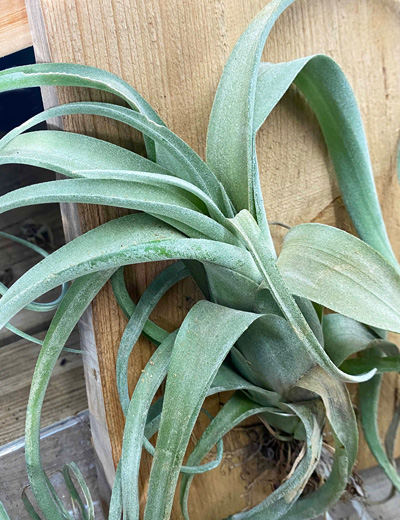
Some of the most common epiphytes…
Here is a small collection of common epiphytic plants that most gardeners will recognize. There are many more, but these will give you the idea.
Pay attention to each plant’s native home and how it grows there, because those are the conditions you’ll need to simulate if you’re going to grow these plants in your landscape or greenhouse.
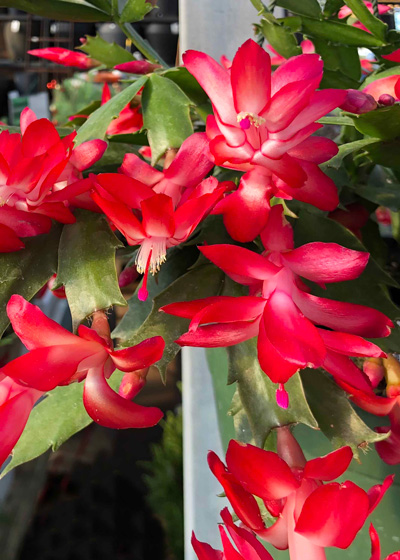
• Thanksgiving cactus. This xeriphytic plant can endure periods of drought, even though it’s native to tropical rainforests. It grows suspended from tree trunks where it grows in craggy crotches and branches where leaf litter and debris have caught and started to decay. When we grow it in pots we need to give it perfectly draining soil and protection from direct sun in the hot months. Keep it moist, but don’t get water on its stems when the sun is hitting them.

• Moth orchids. These are the most popular orchids for growing indoors. They’re comparatively easy for patient gardeners who understand that they will bloom annually and grow slowly. They need perfect drainage through their coarse-textured bark planting medium. Very bright light but no direct sunlight.
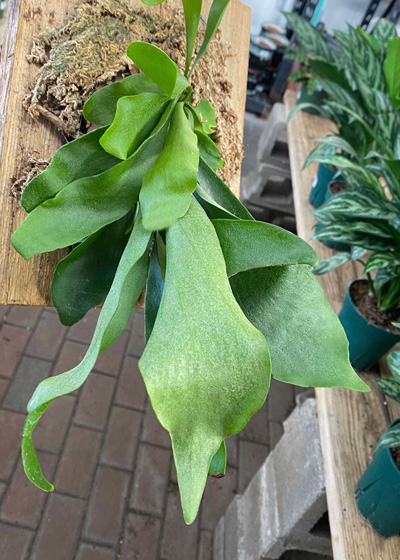
• Staghorn ferns. Want a truly stunning epiphyte? Grow a staghorn fern on a large wall plaque or in a very large wire hanging basket. They can grow to be 6 or 7 feet across and live for 40 or 50 years if protected from frost. Water will drain away from their root system rapidly so you may end up watering them a couple of times daily.
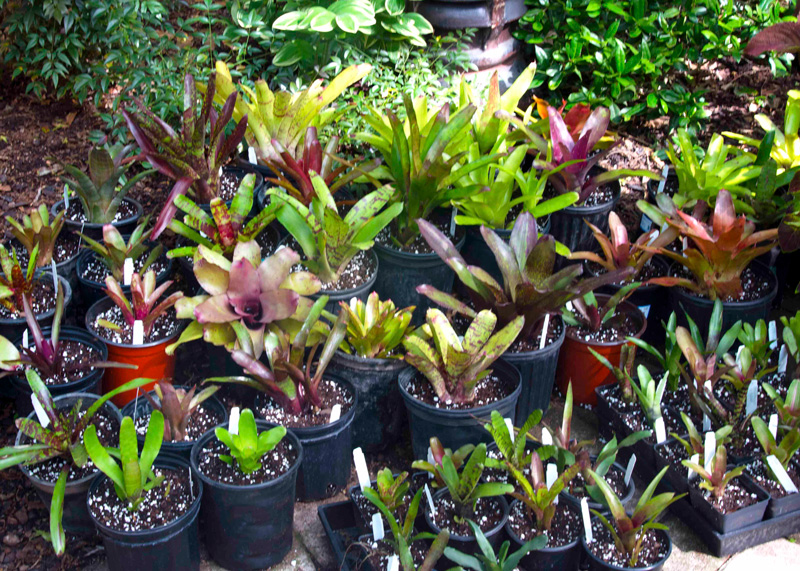

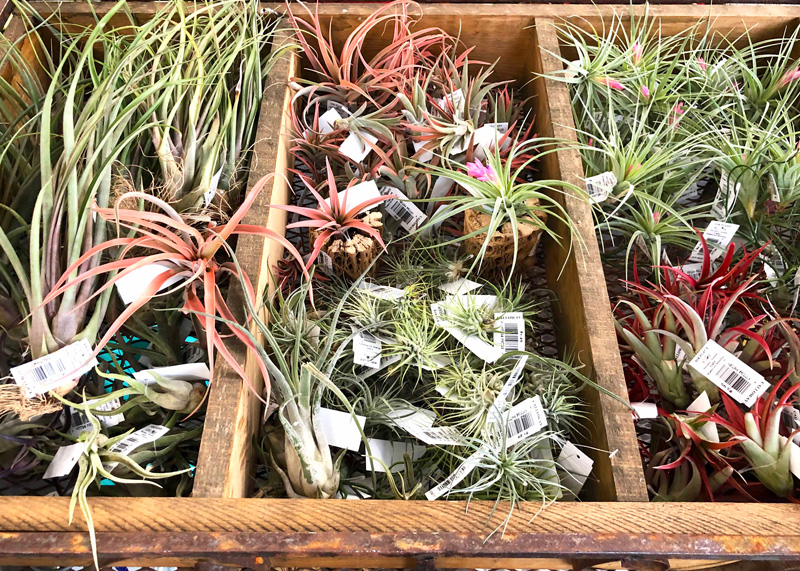
• Bromeliads. There are now literally thousands of showy species and hybrids of bromeliads, sisters of pineapples. Many of them are terrestrial like pineapples, but many are epiphytic like the other common bromeliad, Spanish moss. They’re dramatic and most are easy as long as you give them good drainage. Curiously, most of the epiphytic types have well-developed vase-form leaf structures that will retain water and nutrients so that they can be taken into the plants through the foliage. The roots function just as much for support.
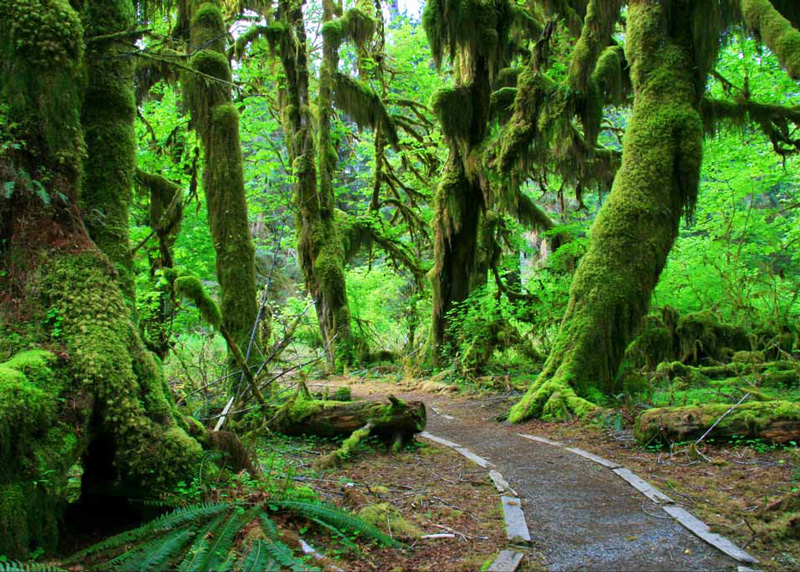
• Lichens. These may be less familiar to many of our e-gardens readers. Some types develop in areas of high humidity and they represent symbiotic growths of algae and fungi, where each plays a part in the survival of the other. You’ll see lichens hanging like gray-green beards from the limbs of huge trees, and you’ll also see gray lichens (“moss”) growing on the trunks and boulders as well. The hanging types may shade plants a bit, but otherwise they are no cause for concern.
